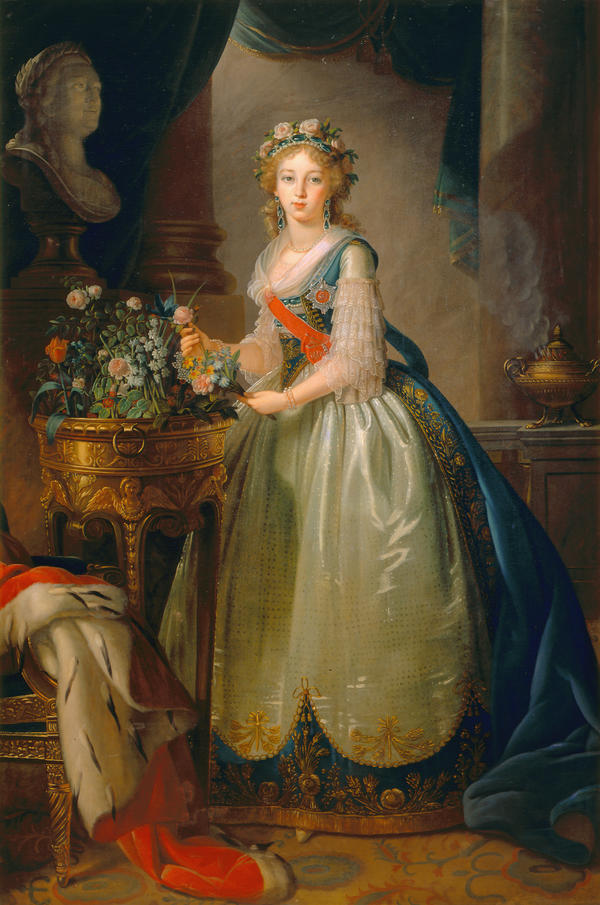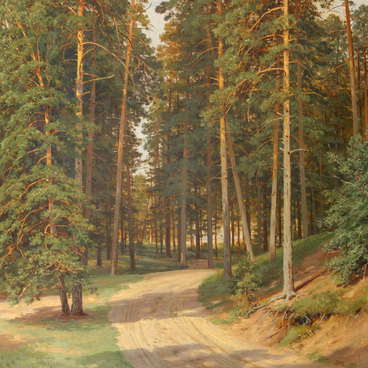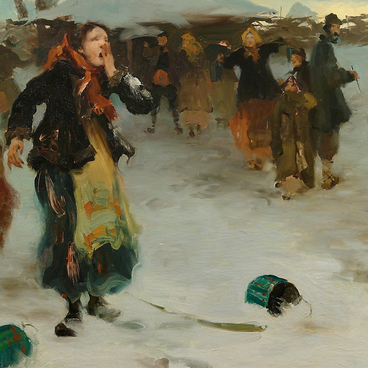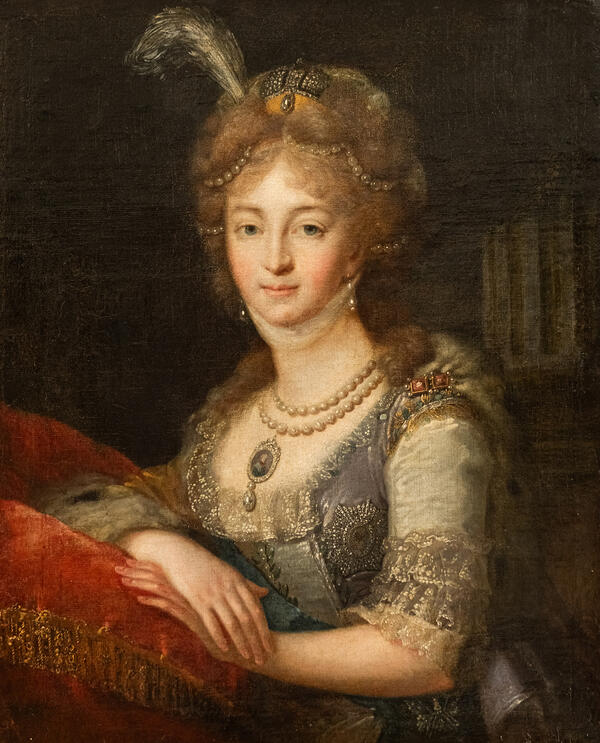Marie-Louise-Élisabeth Vigée-Lebrun was a French artist, a master of secular portraiture. She began to study painting in early childhood, and her father was her mentor. After his death in 1767, she studied under François Doyen, a historical portrait painter and family friend. In 1769, following his advice, the artist began to take lessons from Gabriel Briard, and later got acquainted with such masters as Jean-Baptiste Greuze and Joseph Vernet, who counselled her.
In the 1770s, the artist’s family settled next to the Palais-Royal, and 15-year-old Elizabeth received her first commissions. In 1776, she married Jean-Baptiste Lebrun, an artist and art dealer. This increased her popularity among portrait painters, and Vigée-Lebrun received from Versailles a commission to paint a portrait of Queen Marie Antoinette. The portrait was highly appreciated, and the artist was rewarded with membership of the Royal Academy of Painting and Sculpture in 1783. Vigée-Lebrun worked in the salon style, combining the ideals of Classicism and Sentimentalism: traditions of the art of Classical Antiquity; interest to the feelings, mood, and emotional experience of the portrayed models.
The artist favoured painting portraits of women and children. According to contemporaries, Élisabeth Vigée-Lebrun was pragmatic and prudent, and had good imagination; she was sensitive to preferences of the court and skillfully responded to them. In addition, she was very active, organised fancy-dress parties, and produced living pictures – scenes where people posed to imitate famous paintings.
Since the 1780s, Vigée-Lebrun travelled extensively across Europe, and became a member of art academies in several countries. During the French Revolution, she was staying abroad.
In 1795-1801, the artist worked in Saint Petersburg. In the time of her stay in Russia, Vigée-Lebrun painted several portraits of the Royal Family members, including the Portrait of Elizabeth Alexeievna, the Empress of Russia and wife of Alexander I.
In this full-length portrait, the Empress is depicted standing next to an armchair with an ermine-lined mantle lying on it. Her dress is decorated with the diamond Star and sash of the Order of Saint Catherine the Martyr. Empress Elizabeth was known as an ardent supporter of charity and educated woman who put a lot of effort and money in benefits for poor artists and musicians.
Due to its large size and impressive setting, the portrait became one of the main decorations of the palace ceremonial halls. Vigée-Lebrun carefully painted the details and selected the colours; her free-flowing brushwork added tenderness and romanticism to the image of the Empress.
In the 1770s, the artist’s family settled next to the Palais-Royal, and 15-year-old Elizabeth received her first commissions. In 1776, she married Jean-Baptiste Lebrun, an artist and art dealer. This increased her popularity among portrait painters, and Vigée-Lebrun received from Versailles a commission to paint a portrait of Queen Marie Antoinette. The portrait was highly appreciated, and the artist was rewarded with membership of the Royal Academy of Painting and Sculpture in 1783. Vigée-Lebrun worked in the salon style, combining the ideals of Classicism and Sentimentalism: traditions of the art of Classical Antiquity; interest to the feelings, mood, and emotional experience of the portrayed models.
The artist favoured painting portraits of women and children. According to contemporaries, Élisabeth Vigée-Lebrun was pragmatic and prudent, and had good imagination; she was sensitive to preferences of the court and skillfully responded to them. In addition, she was very active, organised fancy-dress parties, and produced living pictures – scenes where people posed to imitate famous paintings.
Since the 1780s, Vigée-Lebrun travelled extensively across Europe, and became a member of art academies in several countries. During the French Revolution, she was staying abroad.
In 1795-1801, the artist worked in Saint Petersburg. In the time of her stay in Russia, Vigée-Lebrun painted several portraits of the Royal Family members, including the Portrait of Elizabeth Alexeievna, the Empress of Russia and wife of Alexander I.
In this full-length portrait, the Empress is depicted standing next to an armchair with an ermine-lined mantle lying on it. Her dress is decorated with the diamond Star and sash of the Order of Saint Catherine the Martyr. Empress Elizabeth was known as an ardent supporter of charity and educated woman who put a lot of effort and money in benefits for poor artists and musicians.
Due to its large size and impressive setting, the portrait became one of the main decorations of the palace ceremonial halls. Vigée-Lebrun carefully painted the details and selected the colours; her free-flowing brushwork added tenderness and romanticism to the image of the Empress.




